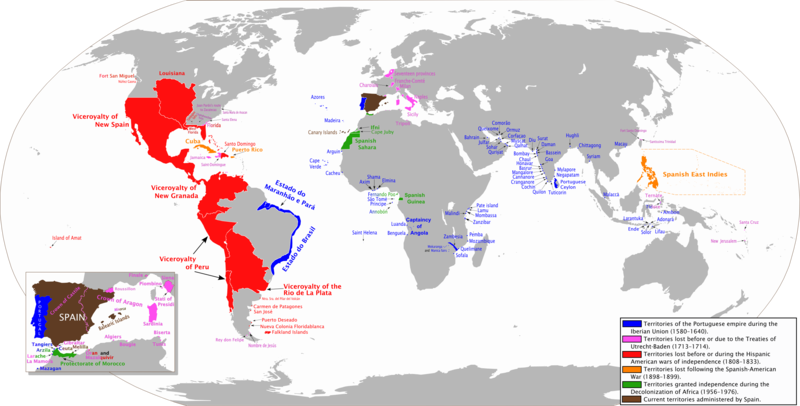Galapagos and Machu Picchu Travel Blog
Discover the beauty of the Galapagos Islands and the amazing history and culture of Machu Picchu
Saturday, July 16, 2011
From 100 Facts For 100 Years of Machu Picchu - #63
By Catharine Hamm | Los Angeles Times Travel Editor
63. Hiram Bingham's collection of Peruvian artifacts, however, was criticized as haphazard.
Even if experts consider it haphazard, Peru was happy to have the items returned earlier this year and they are now on display in Cusco.
BlogCatalog
From 100 Facts For 100 Years of Machu Picchu - #62
By Catharine Hamm | Los Angeles Times Travel Editor
62. Hiram Bingham III brought back more than 5,000 artifacts from Peru on an expedition funded by National Geographic and Yale University.
It was originally thought Hiram Bingham took 4,000 artifacts Machu Picchu. However when the country of Peru sued Yale to return the pieces it was discovered there were some 40,000 pieces.
From 100 Facts For 100 Years of Machu Picchu - #61
By Catharine Hamm | Los Angeles Times Travel Editor
61. Critics say, somewhat disdainfully, that Hiram Bingham, who was a history professor, lacked the proper training to excavate Machu Picchu.
At the time of the discovery of Machu Picchu, Hiram Bingham was not a professor but a lecturer.
From 100 Facts for 100 Years of Machu Picchu - #59
By Catharine Hamm | Los Angeles Times Travel Editor'
59. Spain was, arguably, the wealthiest and most powerful country in the world at one time. Its coffers surely benefited from the infusion of riches from Peru.
During the colonization of the Americas Spain established two viceroyalties in the Americas. The first New Spain which included the United States west of the Mississippi, Mexico and Central America with the exception of Panama and the Floridas as well as the Spanish East Indes (Philippine Islands, Mariana Islands, Caroline Islands,Taiwan, and parts of the Moluccas) and the Spanish West Indies(Cuba, Hispaniola, Haiti, Dominican Republic, Puerto Rico, Jamaica,Cayman Islands, Trinidad, and the Bay Islands).
The other was the Viceroyalty of Peru which oversaw much of current South America including modern day Ecuador, Peru, Bolvia, Chile, Argentina, Panama, Colombia, Boliva, Uruguay and Paraguay.
From 100 Facts for 100 Years of Machu Picchu - #58
By Catharine Hamm | Los Angeles Times Travel Editor
58. Spain called its conquered lands the "Viceroyalty of Peru," ruling for 300 years.
Under the Viceroyalty of Peru most of South America was under the control of Lima. All ships traveling between South America and Europe and / or Asia were required to pass through the port of Callao (just outside of Lima).
From 100 Facts for 100 Years of Machu Picchu - #60
By Catharine Hamm | Los Angeles Times Travel Editor
60. Some say that, like the Spanish, Hiram Bingham took what wasn't his on his trips to Peru.
The Hiram Bingham collection included some 40,000 pieces including mummies, ceramics and bones taken when Hiram Bingham "discovered" Machu Picchu in 1911.
From 100 Facts For 100 Years of Machu Picchu - #57
By Catharine Hamm | Los Angeles Times Travel Editor
57. It's unclear why Machu Picchu was abandoned, but some say it may have been because water was scarce. (That seems unlikely, given the attention to engineering and hydrology at the site, as evidenced, partly, by the irrigation system.) Others blame the Spanish conquest.
One theory includes that as Machu Picchu was a royal retreat underwent a bloody civil war between Huascar and Atahualpa there was little need for a retreat at the time.
Subscribe to:
Posts (Atom)






